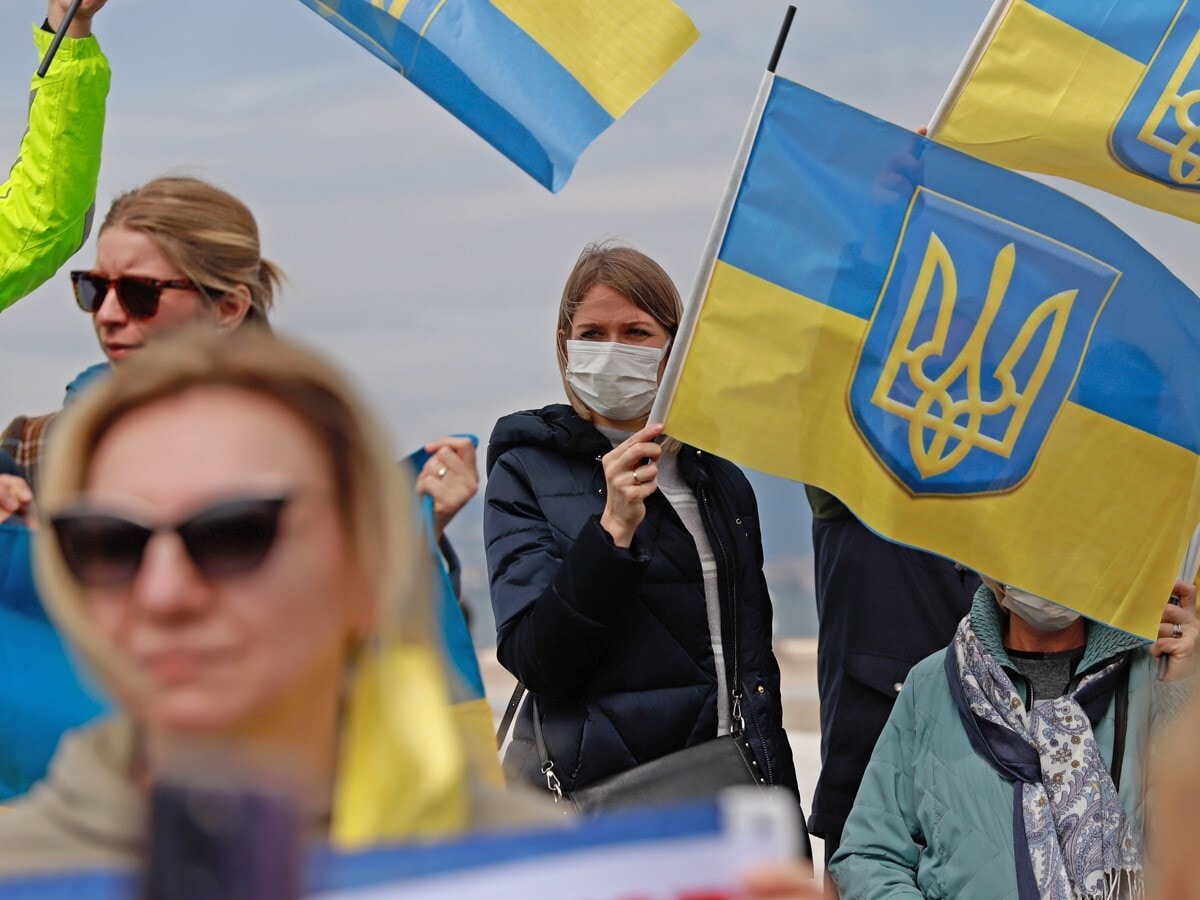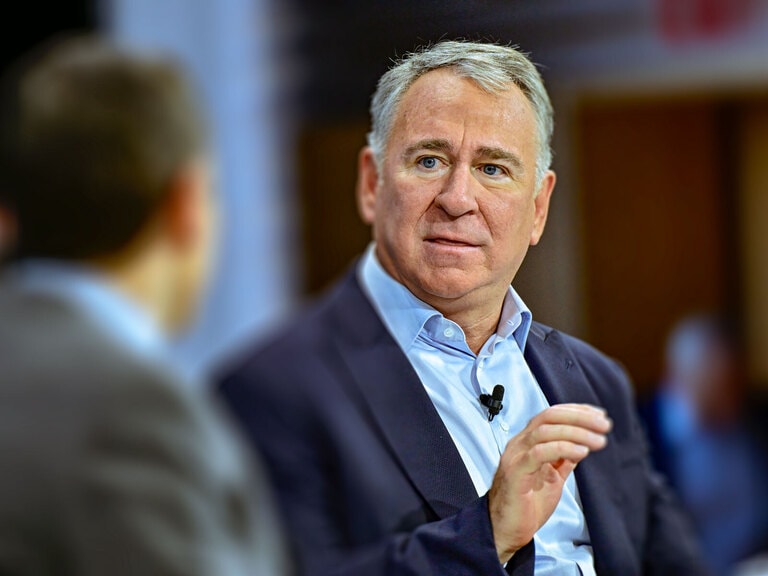Russia’s central bank raised interest rates to 20%, while global central bankers may now look to delay tightening, which may have allayed fears about a rotation from growth to value stocks.
Russia’s central bank raised its key interest rate from 9.5% to 20% on 28 February, in an emergency stance to prop up its currency following the slump in the ruble.
The move comes at a time when the collapse in value erodes the currency’s buying power, which could wipe out the savings of ordinary Russians. Last week, Russia’s stock market saw heavy losses as investors sold shares, leading to its closure until at least 11 March.
The Ukraine-Russia conflict has led countries across the world to impose unprecedented sanctions on Russia’s economy. The US, UK and EU have cut off major Russian banks from Western financial markets and limited Russia’s access to the SWIFT payment system.
Many were debating the merit of value stocks versus growth stocks earlier this year, but this seems a distant memory with the ongoing war in Ukraine. For now, it seems that investor anxiety may have placed the value rotation on hold.
Growth versus value
Since the start of 2022, high-growth tech stocks have suffered a selloff amid concerns over the US Federal Reserve’s hawkish stance on policy — causing investors to not only contend with soaring inflation, but also the prospect of multiple interest rate hikes. This led many to believe that value stocks, which have been especially battered during the pandemic, could outperform their growth counterparts.
Global stock markets have had to deal with bigger problems in recent weeks and Russia’s invasion of Ukraine has kept most investors on edge, so it is no surprise that the value rotation in the US has taken a breather.
According to data from investment bank Jefferies, assets held in large-cap value ETFs have grown by 4.3% but recently slowed down, while the Russell 1000 growth and value indices have been trading closely together since late January amid the uncertainty from the Russia-Ukraine crisis.
Gold has been performing well as investors seek safe-haven assets, given the current volatile stock markets conditions, while the latest Bank of America fund manager survey has indicated the highest share of cash holdings since the early months of the Covid-19 pandemic in May 2020.
The churn continues in Europe
Despite the US value rotation being on pause, the churn of growth stocks seems to be continuing in European equities. In January, US value stocks were still outperforming growth stocks, but at a slower pace than European value stocks.
At the time, the Financial Times interviewed Duncan Lamont, head of research at Schroders, who indicated that this was due to two possible reasons. Firstly, that the European value index depends more on financial and energy stocks, and secondly, that Europe’s growth valuation gap over value has become extreme.
So far this year, the energy contribution to Europe’s value index has been higher than in the US, and it is a similar case for financials. With regards to Lamont’s second point, Bloomberg estimates show Europe’s valuation gap — the difference in forward P/E ratios between growth and value indices — has been dwindling since late 2021, though this is subject to sharp quarterly revisions.
China’s regulatory easing could be an entry point
The slowdown in the US value rotation comes after China cut its interest rate unexpectedly in January for the first time in two years after figures showed that its economic growth had slowed. The country’s GDP for the last three months of 2021 grew 4% year-over-year, but this was much slower than in the previous quarter.
China’s current economic outlook has been clouded by growing concerns over the effects of Beijing’s regulatory crackdown on ecommerce giant Alibaba [BABA] and other Chinese stocks, the financial health of some of the country's biggest property firms, and the spread of the omicron variant.
Alibaba shares have fallen by 21.8% year-to-date to 10 March, while Apple [AAPL] stocks have dropped 10.6% over the same period. China’s attempt to boost its economy, along with the pause in the US value rotation, may act as a good entry point for investors into these US-listed mega tech shares.
Segment outlook
Amid the current geopolitical tensions, some are erring on the side of caution. Lisa Shalett, CIO of Morgan Stanley’s wealth management division, said in a recent note that “we advise investors against jumping back into the market, even though recent declines have made valuations look more attractive”.
However, Shalett also added that sectors including financials, energy, materials, consumer services and healthcare “look ripe for stock picking ideas”, while US small-caps and emerging markets appear “to have strong long-term valuation support”.
Charalambos Pissouros, head of research at JFD Group, told MarketWatch that “as long as the Russia-Ukraine crisis continues, we will maintain the view that another round of selling could be possible at any time”.
Other views on Wall Street, including Citigroup’s, have been that despite the bleak situation in Ukraine, history shows that stocks eventually rebound. In a note on 3 March, the investment bank’s strategists highlighted that the pressure has been largely on stocks with direct Russia exposure and select financials.
“We still want to buy the dips, and highlight that global equities have ended 10% to 20% higher after previous geopolitical crisis,” said a team led by chief equity strategist Robert Buckland.
In the same note, Citigroup raised US stocks and the global information technology sector back to ‘overweight’.
There will be renewed focus on inflation and rate hikes this month as the Fed’s policymakers convene later in March to confirm the widely expected interest rate hike. It could even surprise markets by altering its policy going forwards, especially in light of what is happening overseas.
Continue reading for FREE
- Includes free newsletter updates, unsubscribe anytime. Privacy policy





